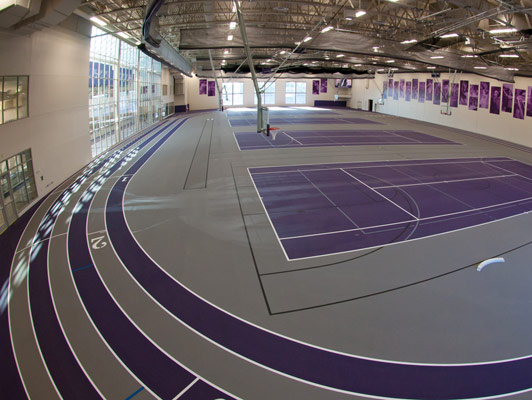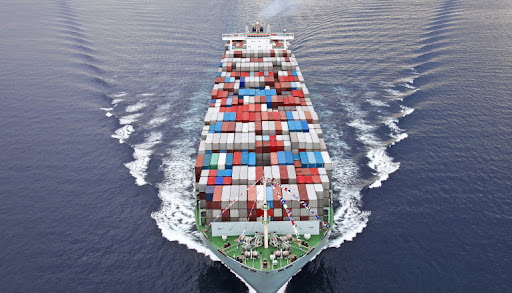Sorts Of Plastering And Finishing For Construction Of Home
Sorts of putting:-
There are various sorts of mortars that are accessible, for example,
- Lime mortar
- Concrete mortar
- Mud mortar
- Plaster mortar
1. Lime mortar:-
At the point when lime is utilized as a limiting material, it is called lime mortar.
Lime mortar is a kind of mortar made out of hydrated lime, sand, and water.
Lime mortar is like lime mortar, the fundamental distinction depends on use instead of the organization.
Mortar for lime mortar is typically ready by blending sand and lime in equivalent extents, to further develop the strength little amount of concrete is added to it.
2. Concrete mortar:-
At the point when concrete is utilized as a limiting material, it is called concrete mortar.
It is extraordinarily appropriate for moist conditions.
Concrete mortar is typically applied in one coat.
The thickness of the coat can be 12 – 15mm or 20mm relying on available conditions and sort of building.
6mm thickness of putting of 1:3 or 1:4 Ratio is suggested for concrete putting of RCC surfaces.
3. Mud mortar:-
The surface is to be arranged precisely in a very way as that of lime mortar or concrete mortar.
Mud mortar is for the most part applied in two covers, the principal coat being 18mm thick while the thickness of the second coat kept 6mm.
4. Plaster mortar:-
Plaster is the name given to enlivening kind of mortar which gives a phenomenal completion.
Plaster mortar can be utilized inside just as outside surfaces.
It is typically laid in three coats making the absolute thickness of mortar around 25mm. The principal coat is called a scratch coat, the subsequent coat is called fine coat, it is otherwise called earthy colored coat, and the third coat is called white coat or completing coat.
Kinds of wrapping up:-
- Smooth cast
- Stone scramble
- Unpleasant cast
- Surface completion
- Rejected completion
1. Smooth cast:-
It is completion that presents an evened-out and smooth surface.
The mortar for the finish is made by blending concrete and fine sand in the proportion of 1:3.
The smooth cast of the divider
2. Rock run:-
It is a completion wherein the little rocks or squashed stones of reasonable size are lofty position on to a newly applied completion layer of mortar and left uncovered.
The mortar finish is made of a concrete and coarse total of 1:3 proportion.
Rock runs on the divider
3. Harsh cast:-
It is a completion wherein the mortar for the last coat contains an extent of genuinely enormous size coarse totals.
The mortar for completing is made by blending concrete, fine sand, and coarse total in the proportion of 1: 1/2:3
The unpleasant cast of divider
4. Finished completion:-
In this completion, elaborate examples or finished surfaces are created by working with different apparatuses in the newly applied last coat.
3 Types of mortar/render
Concrete render
• Application: utilized inside and remotely, especially in applications where an additional hard or water-safe surface is required. Concrete render is generally a less expensive choice than Lime or Polymer renders.
• The inflexibility of concrete render as a rule restricts its application to more seasoned structures, where adaptability of finish is typically needed to conquer primary development.
• Usually ‘Portland’ concrete is produced using calcium carbonate (limestone) and modest quantities of silica and alumina, ordinarily from earth or sand.
• Portland concrete is a particular kind of water-powered lime.
• Cement Plaster is right now the most widely recognized type of render.
• It is blended as a proportion of cement:lime: sand and frequently incorporates admixtures to upgrade its adaptability.
Attributes
• Much harder and more grounded than lime render.
• It is has a low fume porousness.
• Cement mortars are by and large rigid. Utilizing them on ‘adaptable’ foundations, for example, wood and straw will perpetually prompt breaking.
• Cracking at intersections, for example, openings and corners can stay away from by utilizing supporting strip-like extended metal.
Polymer altered cementitious/exclusive renders
• Application: utilized remotely as a more current option in contrast to customary concrete render. Adding silicone fiber (to the concrete) bestows a serious level of water repellence while permitting water fume to go through the render and allows the substrate to relax.
• Backgrounds/substrates: block, lightweight square, current block facades, protection sheets, metal slat, and SIPs.
• Usually ‘Portland’ concrete is produced using calcium carbonate (limestone) and limited quantities of silica and alumina, commonly from earth or sand.
• Portland concrete is a particular sort of water-driven lime.
• Often utilized related to nylon building up cross-section to give a high-strength base coat.
• Polymer renders are accessible as ‘single-coat renders – taking out the requirement for a base coat – yet foundations in such applications are restricted to, normally, lightweight/aircrete blockwork.
Attributes
• Low fume penetrability.
• Good climate obstruction/waterproofing. Further developed protection from freeze-defrost over concrete render.
• Better holding attributes than concrete render
• Improved adaptability over concrete render, yet building up slat actually needed at intersections and around openings. Development joints are generally needed for bigger regions and ought to be indicated by the producer’s suggestions.
• Wide scope of ‘through shading in pre-mixed clumps
Slight Coat renders
‘Slender coat’ render has become progressively predominant in the render market through presenting far better execution and toughness than cementitious renders. It is a type of polymer render, regularly containing, notwithstanding silicone, quartz, and calcite building up fillers. Flimsy coat render requires fixing or covering once relieved. The total render framework is applied in two coats with the main coat (basecoat) fusing a nylon or glass fiber supporting lattice, and a completing coat commonly dependent on an acrylic, silicate, or silicone plan. The complete thickness ranges somewhere in the range of 8mm and 12mm.
• Application: where adaptable, break safe execution is basic eg metal/wood outline primary frameworks, ventilated exteriors, protected render frameworks.
• Background/substrate: protected render frameworks, mineral-based transporter sheets, blockwork, protection sections. Different substrates might be reasonable. Find more about Gypsum Plaster Click here!
Qualities
• High adaptability gives protection from breaking
• Lightweight
• High strength
• Good water-shedding properties
• Systems can be created in a wide scope of surfaces and shadings









